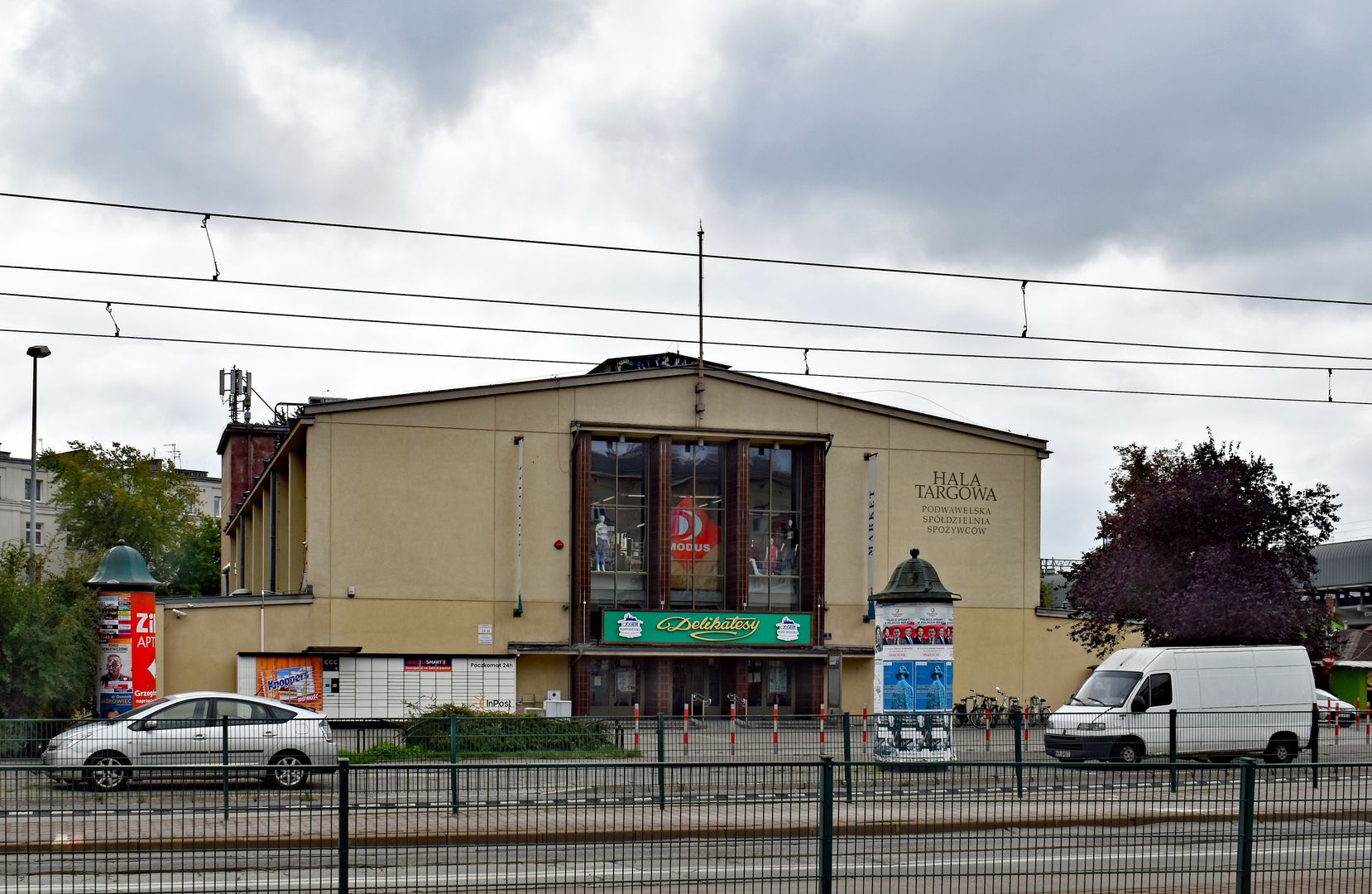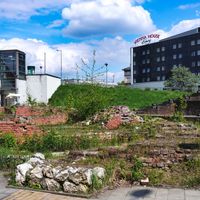Grzegorzki
6.38

Overview
Grzegórzki, a village near Kraków known since 1388, was once associated with the Toporczyk family of the Leliwa coat of arms. From the 15th century, Grzegórzki formed an economic unit with Dąbie, and in the second half of the 16th century, it became the property of Kraków. The 19th century marked the beginning of the region's industrialization, with the development of various manufacturing plants, such as machinery, furniture, and chocolate factories. In 1910, Grzegórzki was incorporated into the boundaries of Kraków, which fostered further development. On the eve of World War II, the construction of the Market Hall was planned, which became an important commercial venue. The architecture of Grzegórzki includes both historic elements, such as the Church of St. Casimir the Prince, and modern residential buildings like Wiślane Tarasy and Pianissimo. The district is characterized by important transportation arteries such as Grzegórzecka Street, as well as extensive urban infrastructure, including the "Unitarg" market square, which hosts daily trade and a flea market. Grzegórzki also features shopping centers such as the Galeria Kazimierz and various sports facilities, including the KS "Grzegórzecki" stadium and the "Cracovia" ice rink. Among educational institutions, Primary School No. 10 and the VIII and XIII General Secondary Schools stand out. The district also boasts a rich cultural infrastructure, represented by the Kraków Variété Theatre. Grzegórzki, with its historical heritage and dynamic development, forms an interesting part of Kraków, blending tradition with modernity.
Location
Tickets
Powered by GetYourGuide
You can also find here:
2025 Wizytor | All Rights Reserved
